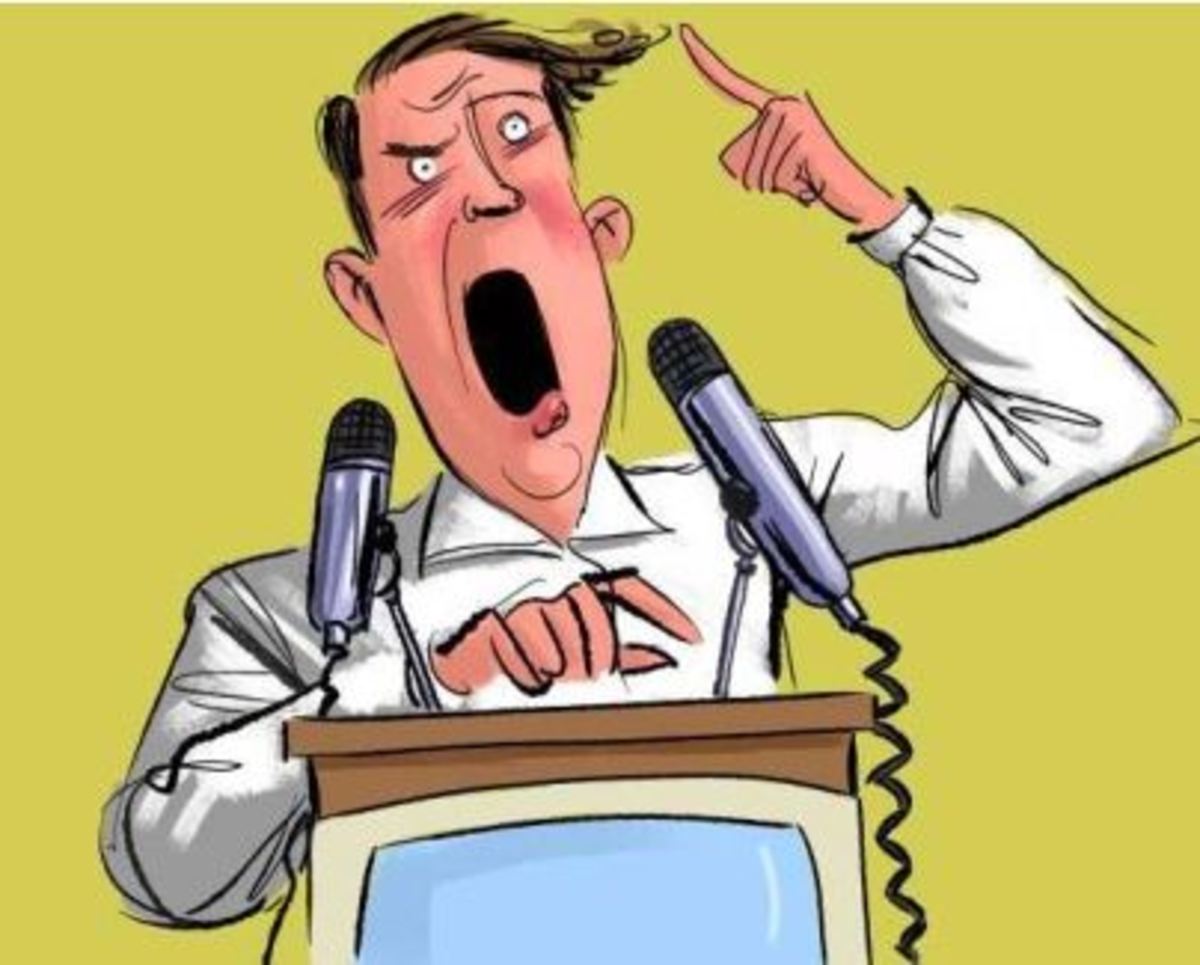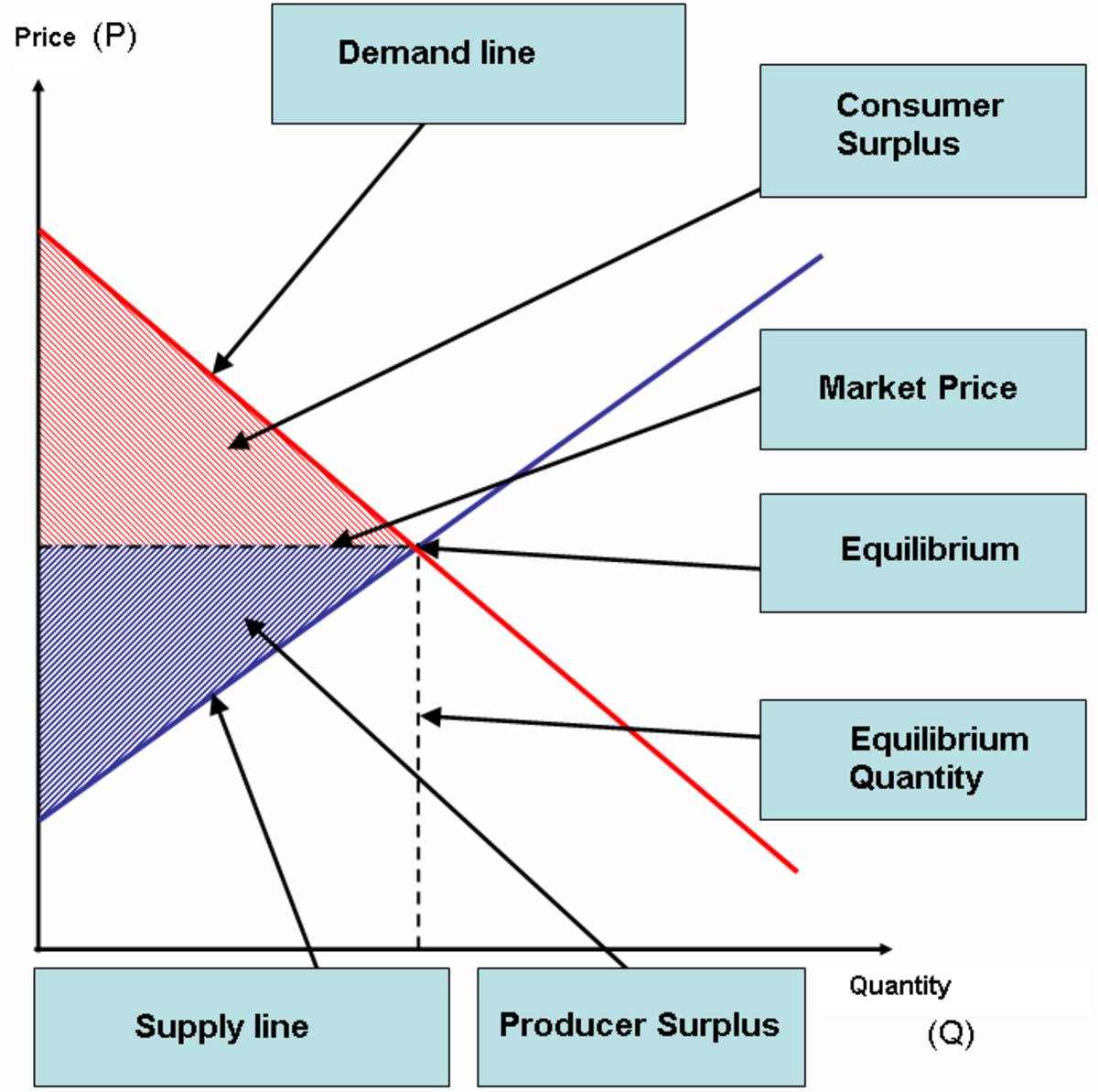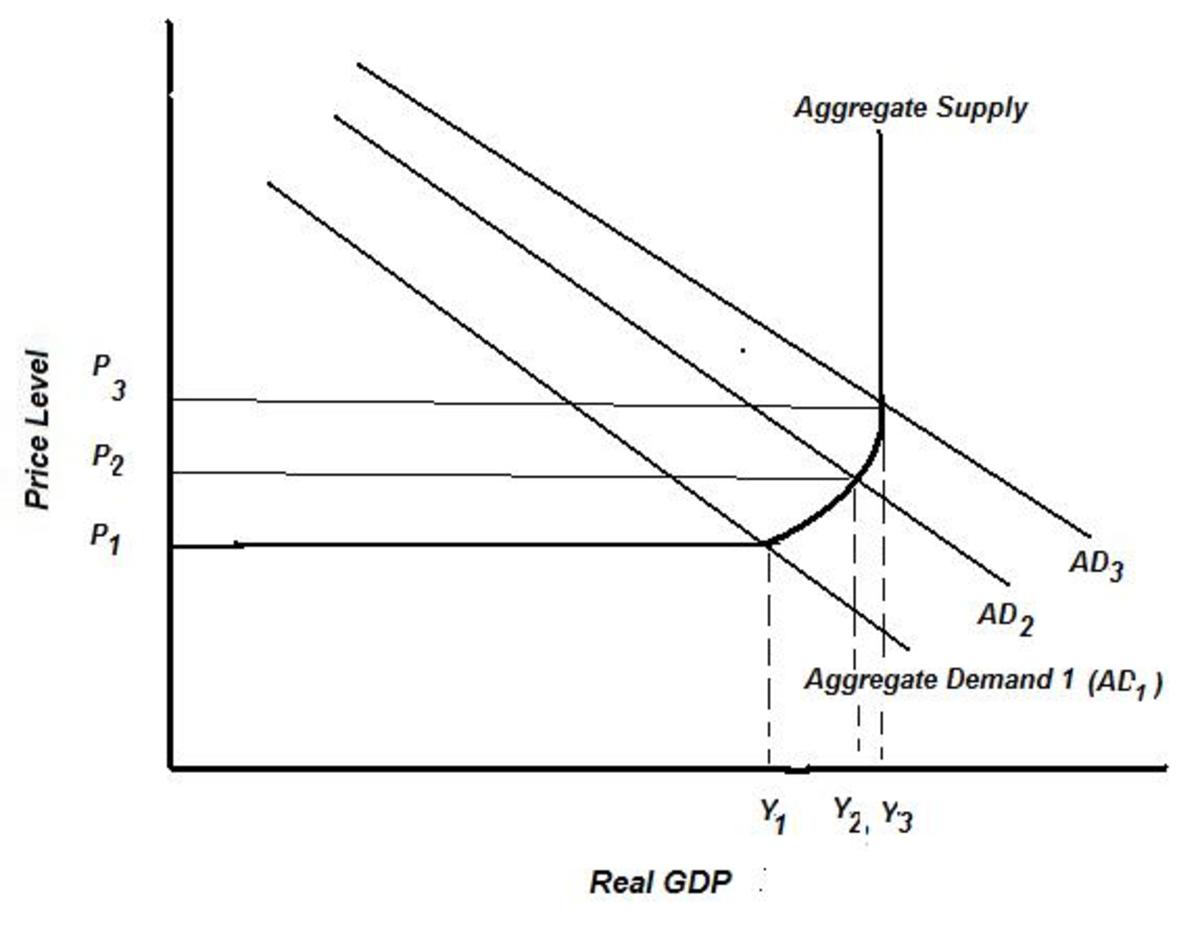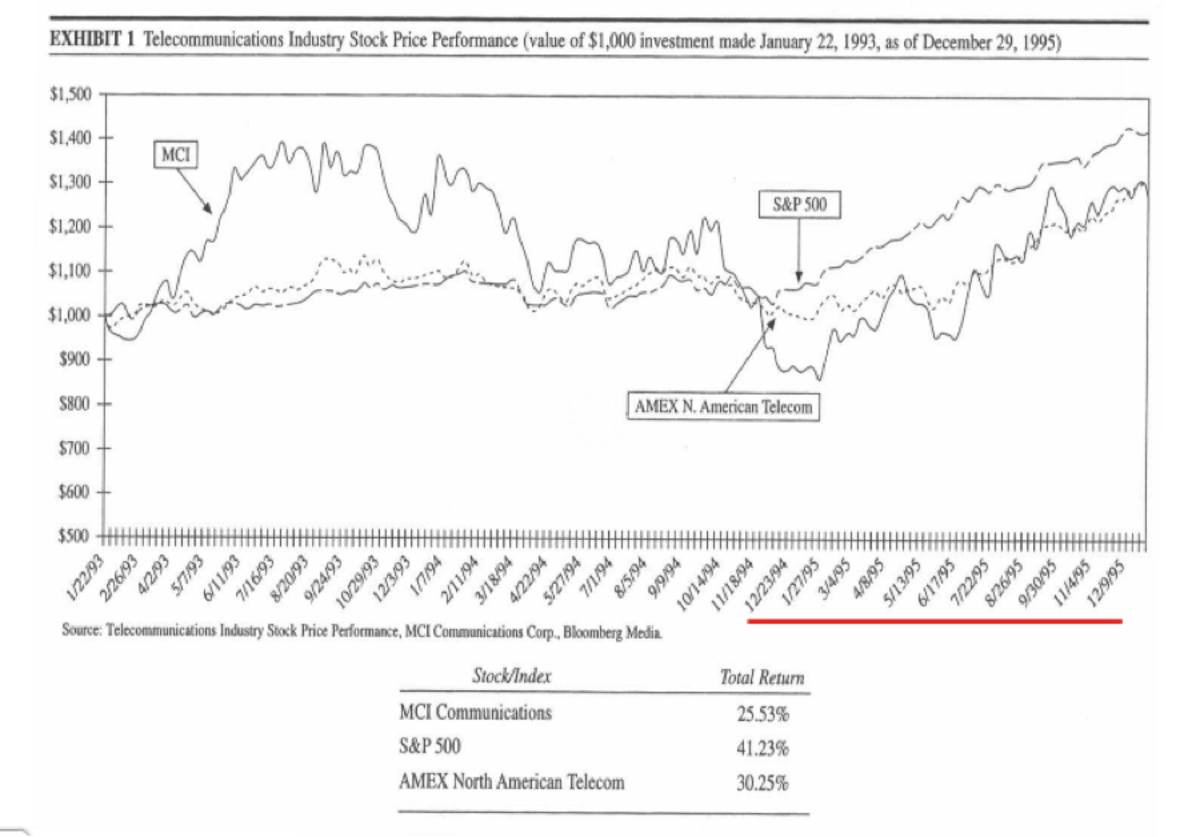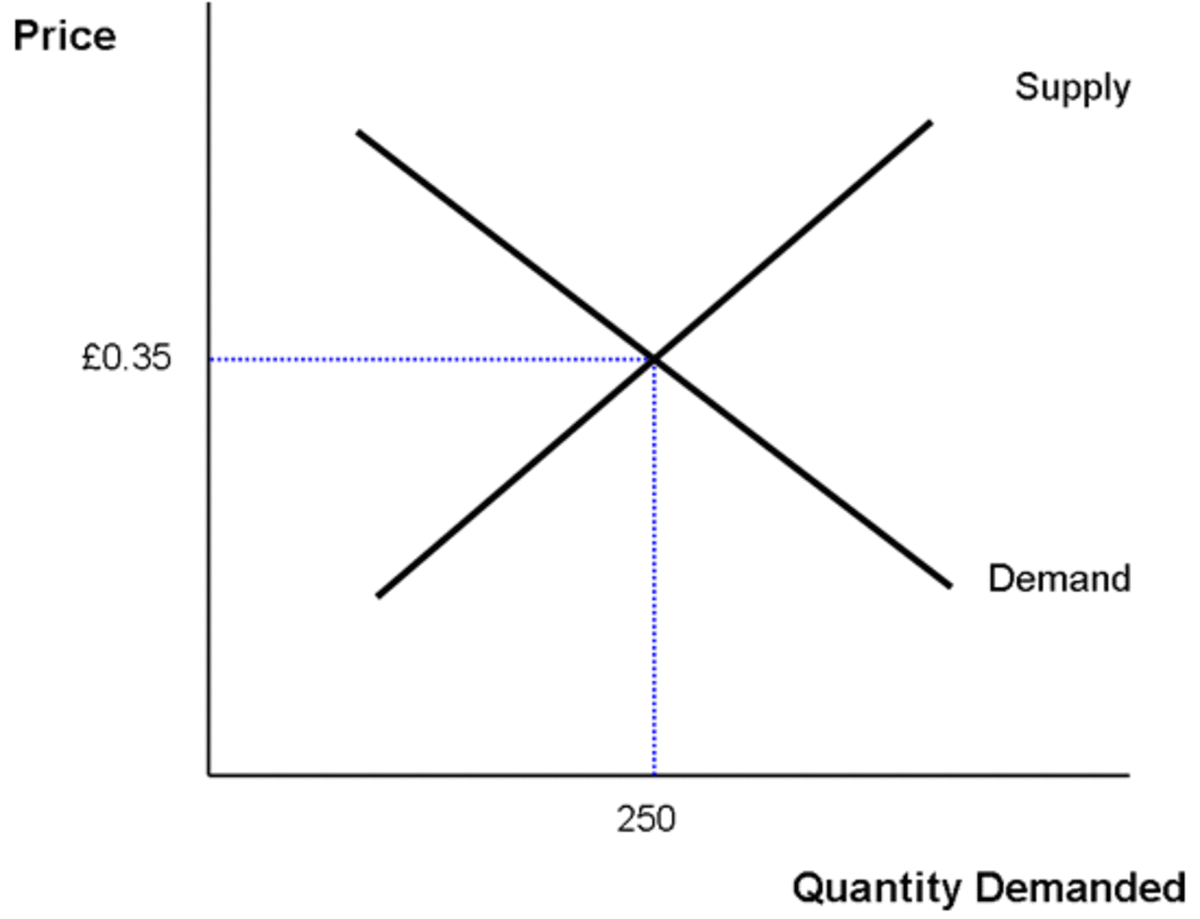The Economic Solution
The Final Solution.
The world economy is collapsing right in front of us, but we are not seeing it. Not noticing it may be the correct term because the symptoms are there for anyone to see. The Baltic index is down at its lowest, companies started layoffs, many of the world markets are in the recession territory.... Only some of the stock market is holding itself up, even that is coming down slowly that we don't notice it. Even RBS told investors to sell everything they got.
Oh! I am not here to scare you (I am not completely honest about that). I am here to suggest a way and probably the government will do that and postpone the inevitable.
So what should the government do? Isn't the FED doing enough? So let's see what the FED is doing to stimulate the economy. The FED is doing the monetary stimulus. What it means is that the FED is printing trillions of money and giving it to the companies which in turn give it the super rich CEOs. The FED is hoping that the little that trickles to lower level employees will help stimulate the economy. Now, after making the interest rate near zero, the FED has no ammunition left. More money printing might help the super rich, but not the economy.
What can the government do? The government can make the fiscal stimulus, that is, invest in more infrastructure projects that will create jobs. When there are jobs, people will spend more thereby stimulating the economy. The government has one more tool up its sleeve. The government can legislate to fix the CEO salary. By law, the government should force the companies to reduce the exorbitant salaries to CEOs and force them to give it to the middle and low-income group. The government should also force the FED to give the QE as salaries in the middle or low income instead of giving it to the super-rich as “bailouts”. When the poor and middle class will get more money, which they will spend on products the companies make thereby stimulating the economy (remember Ford gave loans to its employees to buy its car). That is the only way.
If I tell you this, you won’t believe me. For that I have to explain how this works. If I am to explain this then I will have to tell you why the economy is in such a mess. So let us begin (Yea, I will come to the scary part too).
Right now we have an unprecedented economic situation and more or less unparalleled situation. A similar episode arose nearly hundred years before in 1929. So what are the parallels?
1) As it is now, technology was stagnating. Yes, that was a time no new technology was coming out in public. There was nothing for people to buy (TVs, mobiles, computer all came after). The world is filled with products but none to buy it, either because they don't want it or because they can't afford it. If companies couldn’t sell more products every year, they will be in loss and that was what happened.
2) Few jobs - as companies were not making a profit, they stated layoffs. As layoffs, increased dispensable income of people became less, they started to buy less which caused more layoffs, and started a vicious cycle
What is new now?
1) Technological efficiency - is a new phenomenon. A few companies can cater to the whole world. For the last thirty years or so, any improvement in technology is displacing jobs instead of creating as it used to do. Where ten companies were needed now one company or less is enough. As the companies decreased, so did jobs. And as people have fewer jobs, they have less income to spend.
2) Population decrease - That was not a problem then. Now the world population growth is rapidly coming down. As the population is coming down so is the consumer base. Companies, to remain in profit, needed an increasing consumer base. But what they are getting is a decreasing consumer base. More companies are competing for fewer consumers and more companies are going under further decreasing the consumer base creating the vicious cycle.
3) Service economy - is part of technology, efficiency, but it merits a separate discussion. Back then it was agriculture and manufacturing economy. They provided a minimum employment and as technology was poor then, there was a wider employment rate that could maintain minimum jobs. But today agriculture and manufacturing constitutes less than 5% and the great majority jobs are provided by services. Together with high technology they are taking away jobs. A banker can now service many towns with the help of a computer and ATM. So in a downturn more jobs will be lost in a jiffy which aggravates and make the vicious cycle faster than any world has seen till now.
4) Collapse of Soviet Union - per se has no role. What is lost is the negotiating power of the employees. After the collapse of the USSR, the CEO salaries became exorbitant though the middle income salaries remained more or less same or decreased (inflation adjusted). As it is the millions of the middle income and low income groups that buy the majority of products like TVs or Phones, a decrease in the middle income group decreased the consumer base of the companies. As lay of increased due to all the above reasons, it further aggravated the problem.
5) Aging population - the world is getting older day by day. Back in 1929 it was the younger that was in the majority. Because of various reasons people are living longer and producing fewer children. It is increasing the average age of the population today. The younger people are now more in the poor countries hence do not contribute to the consumer base. Older people need less and they do not buy the new products contributing to economic stagnation. A stagnant economy is a dead economy in today’s technology and service ridden economy.
6) Globalisation - Earlier if one part of the world was in a problem others could help. Today all the world is interconnected so much so that any problem becomes contagious. Not only there will be none to help, everybody will be going under together.
So what can we do?
The only solution is as I elaborated above. We can or the government can or should do anything under its power to increase the take home salary of the people who spend, that is, the middle and low income group and stop giving money to the very people that hoard it, especially in tax havens. We cannot do anything to revert the technological progress we made. Neither can we do anything to increase the population (which itself can cause problems of resource depletion and pollution and making the earth uninhabitable), nor is it recommended as we are near the carrying capacity of the earth. We cannot bring more products as there is nothing more to discover. We all have what we need.
Now, is it a permanent solution?
No and that is the scary part. Even if we did all we, at some point, will reach a situation where we cannot increase the jobs or increase the salary and will reach a situation where people have nothing to buy to keep the companies afloat. Even if we did all this we will reach such a situation in a few years. Then we will have the replay of the great depression in a greater magnitude and extend and as today's world is more globalized than ever, the whole world will be affected. As more and more people lose jobs, more and more companies go bankrupt; we will reach a situation where the jobless outnumber the people with jobs many times over. This situation was never reached in the great depression, agriculture and manufacturing could still give a critical number of jobs then to provide stability. But now the situation will be reversed. Jobless people are hungry people and there are not enough people with jobs to support them unlike last time. Add to that, the retirees are also rising in numbers that put a drain on the supplies. Government is working on the principal that tax payers will be increasing so that the new bonds and debts will be absorbed while as the jobless and retired people increases there won’t anyone to buy the bonds. As the retiring people starts to pull their money out of stocks, that also has no way to go but down.
When this happens there will be riots. Law and order will collapse. People will kill each other. Similar to the Russian famine, people may even eat each other. That will be the end of the human race. A few may survive in isolated pockets if they are lucky, but there won’t be any civilisation left. The majority, if not the whole, of the populace who live will be dead and it will happen in a decade. Scary, right? I told you I would do that!
This is where the Austrian economists are wrong. They think an economic collapse will weed out ‘bad’ companies and help the economy. But they do not understand that there are no bad companies. Bad companies are companies that came late or couldn’t get the best technology or couldn’t exploit their employees enough. So if we let the Austrians prevail, we will be bringing the collapse faster as there will be an avalanche of job loss.
Keynesians are more or less correct here, but they should follow Keynes not any corporate imitation. The money should go the poor not the rich who do not spend. Right now the government is giving money to pop up the stock market and is allowing the CEOs to inundate the market with products which have no buyers creating deflation. So an increase in consumers and consumer ability to buy will help to absorb the products there by driving the market up.
If the governments don’t act now it will be too late. Yes, even if the governments act, we won’t be able to avert the inevitable, still, it is better to die tomorrow than today, isn’t it?

